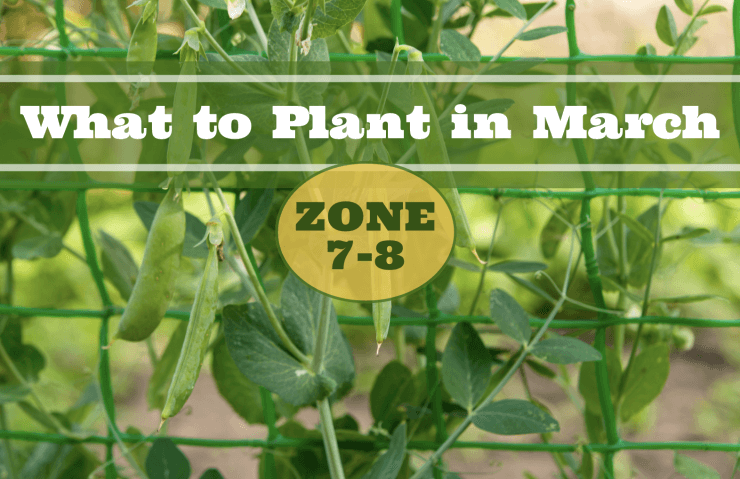
March in zones 7-8 is when the rest of the country is still dreaming of spring, and you can already get your hands dirty! While northern gardeners are starting seeds under grow lights, you’re out in the garden, celebrating the return of proper planting weather. Sure, you might get the occasional frost warning (keep those row covers handy!), but for the most part, March is when your garden really starts to shine.
Think of March as your garden’s grand opening celebration. The soil is warming up, the days are getting longer, and there’s a whole list of vegetables just itching to get planted. Whether you’re direct sowing hardy crops or getting those warm-season seedlings started indoors, March is when the real action begins in zones 7-8.
So grab your garden tools (and maybe keep a frost blanket nearby, just in case), and let’s explore what you can plant in March. From cool-season crops going directly into the ground to summer favorites starting their journey indoors, there’s plenty to keep you busy!
Direct Sowing in March
One of the perks of gardening in zones 7-8 is the ability to direct sow quite a few crops in March. The soil is workable, temperatures are moderating, and many plants are ready to hit the ground running.
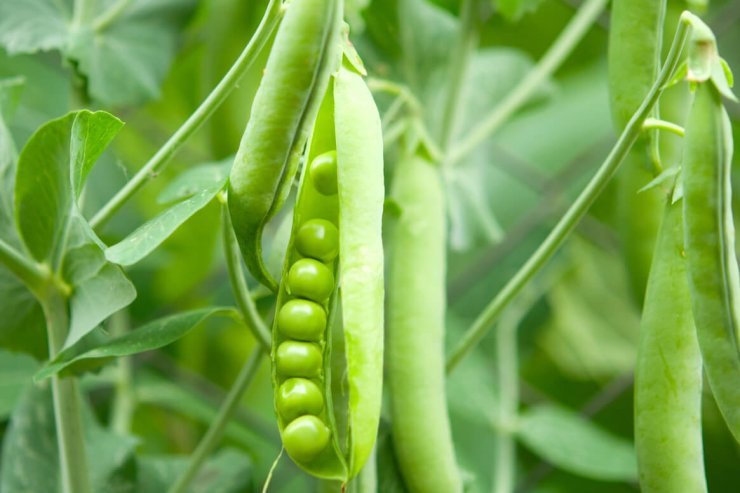
Peas
March is perfect for pea planting in zones 7-8. The soil has warmed enough for good germination, but temperatures are still cool enough for strong growth. Plant them 1 inch deep in rich, well-draining soil. March-planted peas often produce better than those planted later, as they’ll flower before the real heat arrives. Here are some good varieties:
- ‘Sugar Snap’ for sweet, edible pods
- ‘Green Arrow’ for traditional shelling peas
- ‘Oregon Sugar Pod II’ for snow peas
- ‘Super Sugar Snap’ for disease resistance
Oh, and make sure to install your trellis before planting to avoid disturbing roots later, and consider using a pea inoculant to boost nitrogen fixation.
Root Crops
March is perfect for getting these underground treasures started:
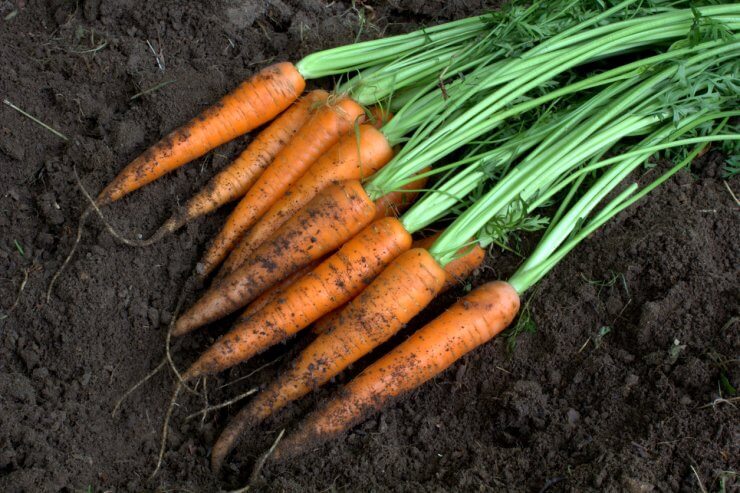
New harvest fresh organic carrots on soil,
Carrots
March-planted carrots benefit from warming soil and spring rains in zones 7-8. The moderate temperatures promote sweet, crisp roots. Keep soil consistently moist during germination, and thin carefully to prevent misshapen roots. Consider pelleted seeds for easier spacing. Here are some good varieties:
- ‘Danvers Half Long’ for reliable production
- ‘Little Finger’ for container growing
- ‘Nantes’ for sweet, crisp roots
- ‘Imperator’ for long, straight roots
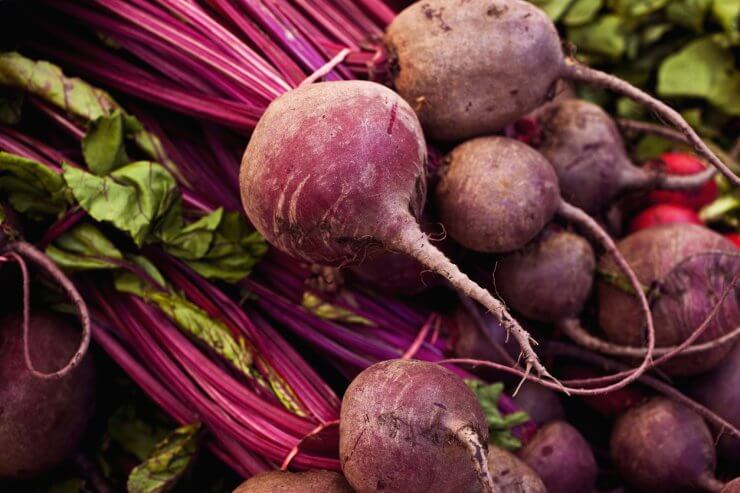
Merlin beets
Beets
March is an excellent time to sow beets in zones 7-8. The warming soil and spring rains provide ideal growing conditions for developing sweet, tender roots. Plant seeds 1/2 inch deep and 2 inches apart, then thin to 4 inches when seedlings are 3 inches tall. Don’t throw away those thinnings – young beet greens are delicious in salads! Keep soil evenly moist during germination and early growth for best results. Here are some good ones:
- ‘Detroit Dark Red’ for classic beets
- ‘Chioggia’ for striking striped interior
- ‘Golden’ for mild, sweet flavor
- ‘Bull’s Blood’ for stunning red foliage
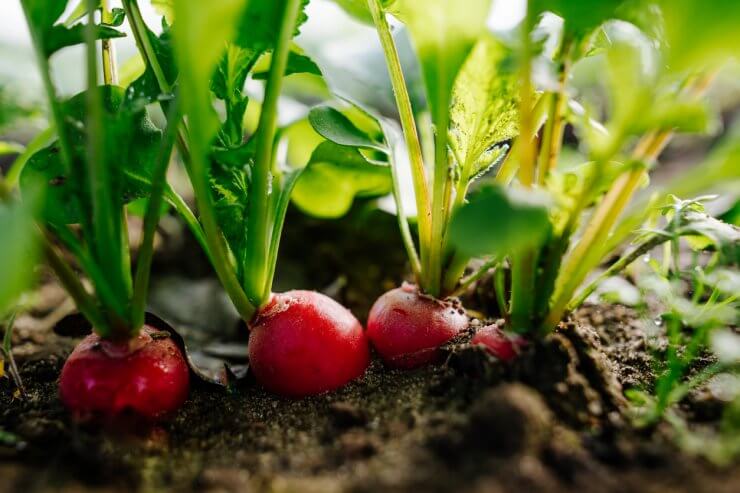
Radishes growing in the garden
Radishes
These quick growers are perfect for March planting. In zones 7-8, you can harvest radishes in as little as 21 days. Plant seeds every week for continuous harvests, and keep soil consistently moist to prevent splitting. March plantings often have the best flavor and crispest texture. These quick growers can be ready in just 21-30 days. Plant seeds 1/2 inch deep. Don’t forget these reliable varieties:
- ‘Cherry Belle’ for quick harvests
- ‘French Breakfast’ for mild flavor
- ‘Watermelon’ for unique color and flavor
- ‘White Icicle’ for heat tolerance
Leafy Greens
March weather in zones 7-8 is perfect for a variety of leafy greens.
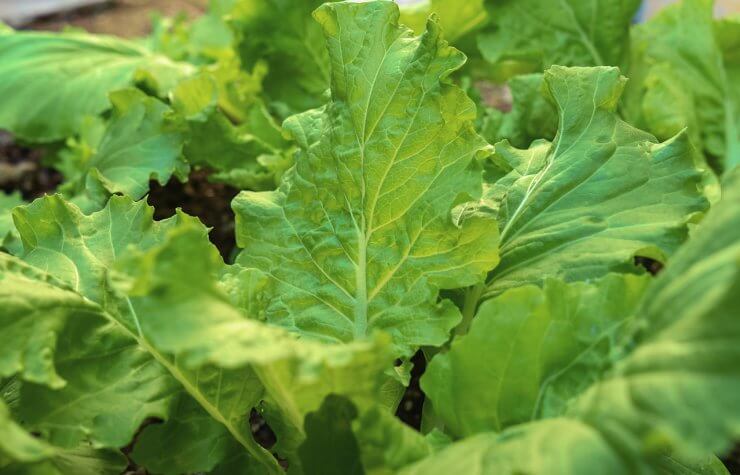
Lettuce
March offers perfect conditions for lettuce in zones 7-8. The warming soil promotes quick germination, while cool nights prevent bolting. Direct sow seeds 1/8 inch deep, or transplant seedlings started indoors. Consider succession planting every two weeks for continuous harvests. Recommended varieties:
- ‘Buttercrunch’ for heat-tolerant butterhead
- ‘Red Sails’ for colorful loose-leaf
- ‘Romaine’ for upright growth
- ‘Marvel of Four Seasons’ for extended harvests
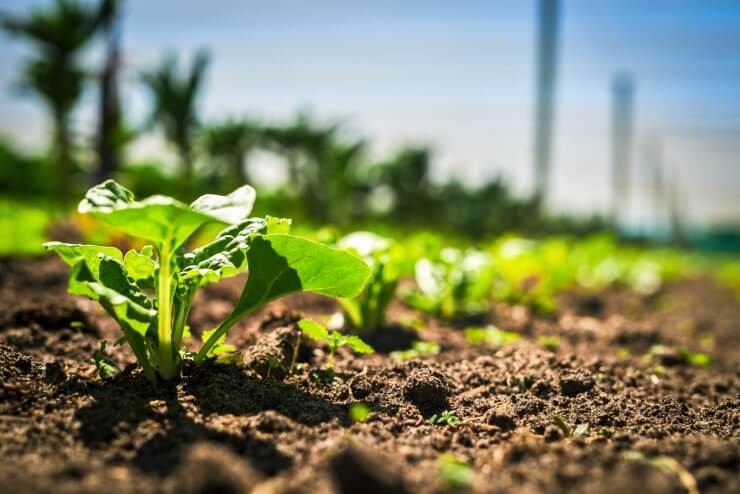
Spinach planted in the soil
Spinach
March-planted spinach takes advantage of cool spring weather before summer heat triggers bolting. Plant seeds 1/2 inch deep in rich soil, and keep consistently moist until germination. Consider planting in partial shade to extend the harvest season. Recommended varieties:
- ‘Bloomsdale Long Standing’ for slow bolting
- ‘Space’ for smooth leaves
- ‘Tyee’ for disease resistance
- ‘Giant Winter’ for cold hardiness
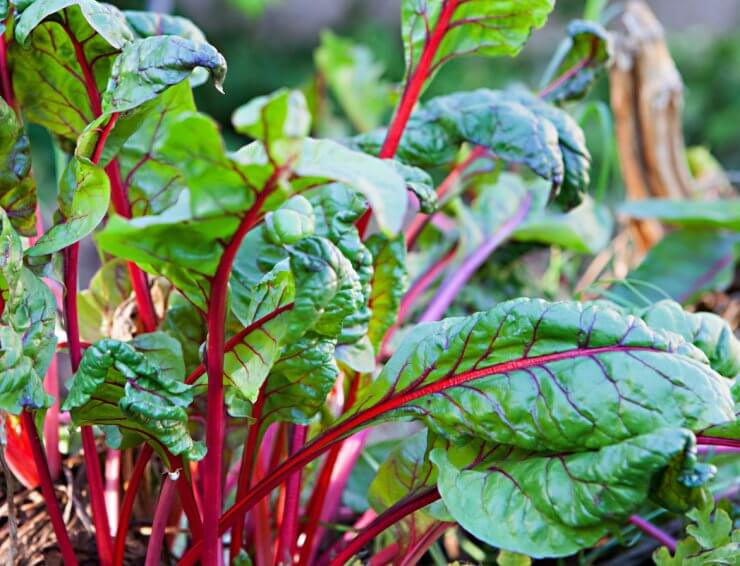
Swiss Chard
March is perfect for sowing Swiss chard in zones 7-8. This hardy green can handle light frosts and will produce for months if properly maintained. Plant seeds 1/2 inch deep and 4 inches apart, thinning to 8-12 inches as plants grow. Unlike many greens, Swiss chard won’t bolt in summer heat, making it a valuable crop that bridges spring into summer. March planting allows plants to establish strong roots before the heat arrives. Here are some recommendations:
- ‘Bright Lights’ for colorful stems
- ‘Fordhook Giant’ for heat tolerance
- ‘Ruby Red’ for striking color
- ‘Perpetual’ for extended harvests
Cole Crops
These brassica family members can go directly in the ground in March:
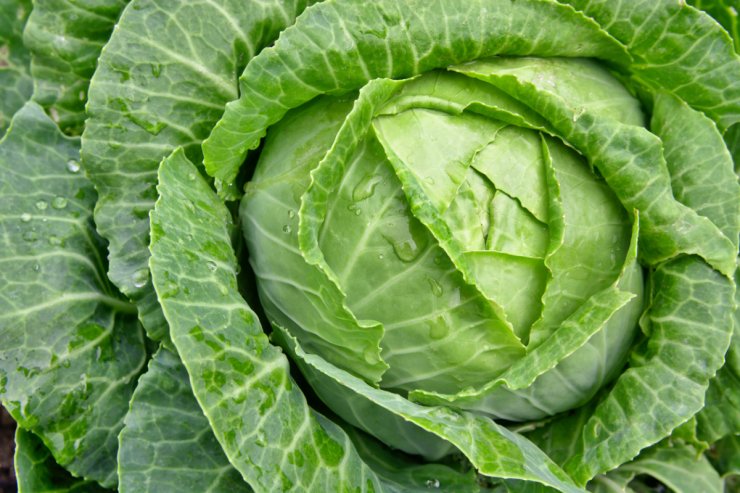
Cabbage
March-started cabbage will thrive in the cool spring conditions of zones 7-8. These hardy vegetables can handle light frost once hardened off, making them perfect for early spring gardens. Provide strong light to prevent stretching, and start fertilizing with half-strength solution when true leaves appear. Try these:
- ‘Early Jersey Wakefield’ for pointed heads
- ‘Golden Acre’ for quick maturity
- ‘Savoy Ace’ for crinkled leaves
- ‘Red Express’ for purple heads

Broccoli
March-started broccoli will be ready to transplant just as spring weather arrives. These cool-season vegetables actually produce better heads when they mature in mild weather. Provide consistent moisture and bright light to prevent leggy growth. Try these:
- ‘Green Magic’ for heat tolerance
- ‘Calabrese’ for side shoot production
- ‘Premium Crop’ for large heads
- ‘Destiny’ for disease resistance
Starting Seeds Indoors
While you can direct sow many crops, March is still the time to start warm-season vegetables indoors:
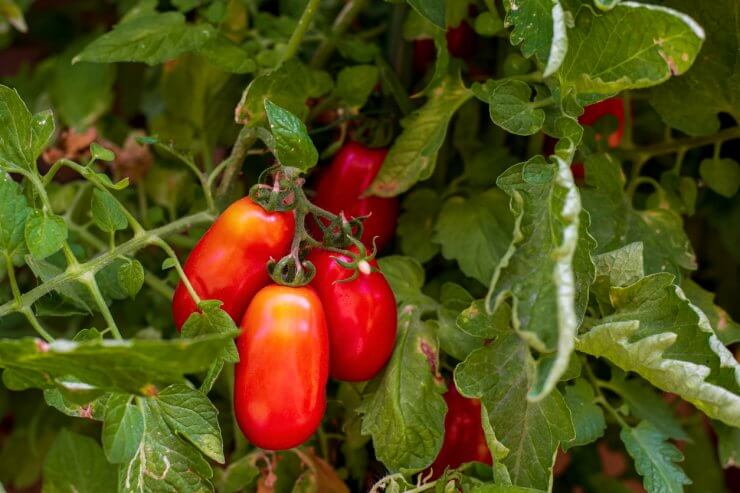
Tomatoes (Start 6-8 weeks before last frost)
Start main-season tomatoes indoors in early March for transplanting after all danger of frost has passed. Provide strong light and good air circulation to prevent leggy growth. Start fertilizing with quarter-strength solution when true leaves appear.
- ‘Better Boy’ for reliable production
- ‘Cherokee Purple’ for heirloom flavor
- ‘Sun Gold’ for cherry tomatoes
- ‘Roma’ for paste tomatoes

Peppers (Start 8-10 weeks before last frost)
Get these heat-lovers going early:
- ‘California Wonder’ for sweet bells
- ‘Jalapeño’ for medium heat
- ‘Hungarian Wax’ for early ripening
- ‘Habanero’ for serious heat

Eggplant (Start 8-10 weeks before last frost)
Start these tropical beauties indoors:
- ‘Black Beauty’ for classic eggplant
- ‘Ping Tung Long’ for Asian varieties
- ‘Fairy Tale’ for container growing
- ‘Rosa Bianca’ for Italian varieties
Herbs
Start these culinary favorites indoors:
- Basil (8 weeks before last frost)
- Parsley (10 weeks before last frost)
- Oregano (8-10 weeks before last frost)
- Cilantro (4-6 weeks before last frost)
March Garden Tasks for Zones 7-8
- Prepare garden beds as soil dries out
- Add compost to planting areas
- Clean and sharpen tools
- Set up irrigation systems
- Install row covers or cold frames
- Start a garden journal
- Plan succession plantings
- Check soil temperature regularly
- Monitor weather forecasts for frost
- Begin hardening off early transplants
March in zones 7-8 is an exciting time of transition. While you might still get the occasional frost, the generally mild climate allows you to get a jump start on the growing season. Whether you’re direct sowing cool-season crops or starting your summer vegetables indoors, there’s plenty to keep your garden thriving this month.
Remember to keep an eye on those weather forecasts – March can still throw a curveball with a late frost. Keep row covers or frost protection handy, and don’t be afraid to wait a week if the weather isn’t cooperating. Gardening is a marathon, not a sprint, even in these favorable climate zones.
What are you planning to plant this March? Are you trying any new varieties this year? Drop a comment below and share your early spring gardening adventures!


 Previous
Previous

